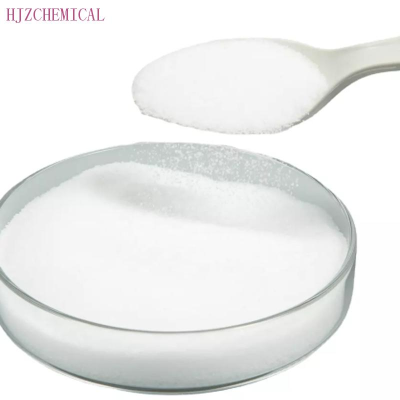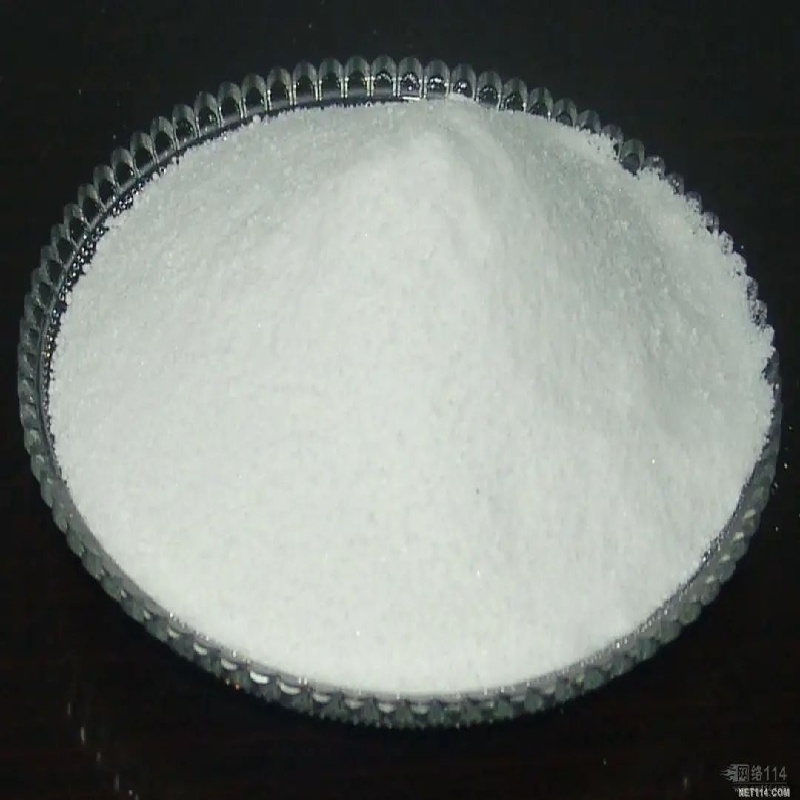-
Categories
-
Pharmaceutical Intermediates
-
Active Pharmaceutical Ingredients
-
Food Additives
- Industrial Coatings
- Agrochemicals
- Dyes and Pigments
- Surfactant
- Flavors and Fragrances
- Chemical Reagents
- Catalyst and Auxiliary
- Natural Products
- Inorganic Chemistry
-
Organic Chemistry
-
Biochemical Engineering
- Analytical Chemistry
-
Cosmetic Ingredient
- Water Treatment Chemical
-
Pharmaceutical Intermediates
Promotion
ECHEMI Mall
Wholesale
Weekly Price
Exhibition
News
-
Trade Service
Sodium metasilicate pentahydrate, also known as Na2SiO3·5H2O, is a commonly used chemical in the chemical industry.
It is used in a variety of applications, including the production of paper, textiles, and detergents.
The production process of sodium metasilicate pentahydrate involves several steps, which are described in detail below.
Step 1: Preparation of Raw Materials
The production of sodium metasilicate pentahydrate begins with the preparation of raw materials.
The main raw material used in the production of sodium metasilicate pentahydrate is silica sand, which is derived from the mineral quartz.
The silica sand is crushed and ground into a fine powder to increase its surface area.
Step 2: Neutralization
The next step in the production of sodium metasilicate pentahydrate is neutralization.
In this step, the powdered silica sand is mixed with a solution of sodium hydroxide (NaOH) to form a slurry.
The sodium hydroxide is added slowly to the silica sand while stirring the mixture to ensure that it is well-mixed.
The addition of sodium hydroxide causes the silica sand to react, forming a mixture of silicic acid (H4SiO4) and sodium silicate (Na2SiO3).
Step 3: Hydrolysis
The mixture of silicic acid and sodium silicate produced in the neutralization step is then subjected to hydrolysis.
In this step, water is added to the mixture, causing the formation of sodium metasilicate pentahydrate.
The hydrolysis process occurs at a controlled temperature and pH level to ensure that the reaction proceeds smoothly and efficiently.
Step 4: Crystallization
After the hydrolysis step, the resulting mixture is allowed to cool, and the crystals of sodium metasilicate pentahydrate are allowed to form.
The crystals are then separated from the liquid using a centrifuge or filtration system.
The crystals are washed with water to remove any impurities and then dried to remove excess moisture.
Step 5: Purification
The purification process involves the removal of impurities from the crystallized sodium metasilicate pentahydrate.
This is done by recrystallizing the sodium metasilicate pentahydrate using a solvent such as ethanol or methanol.
The recrystallized sodium metasilicate pentahydrate is then dried and pulverized to produce a fine powder.
Step 6: Characterization
The final step in the production process of sodium metasilicate pentahydrate is characterization.
This involves testing the chemical properties of the final product to ensure that it meets the required specifications.
The characterization process may include tests for chemical composition, physical properties, and purity.
Conclusion
The production process of sodium metasilicate pentahydrate involves several steps, including the preparation of raw materials, neutralization, hydrolysis, crystallization, purification, and characterization.
The overall process is carefully controlled to ensure the production of a high-quality product that meets the required specifications for use in various industrial applications.
Sodium metasilicate pentahydrate is a versatile chemical that is used in the production of a variety of products, making it an important component of the chemical industry.






